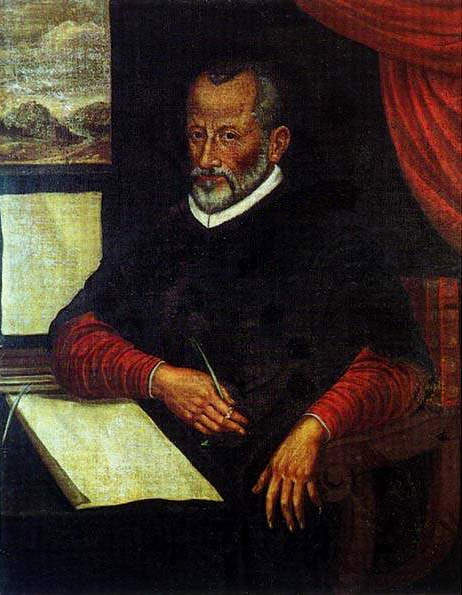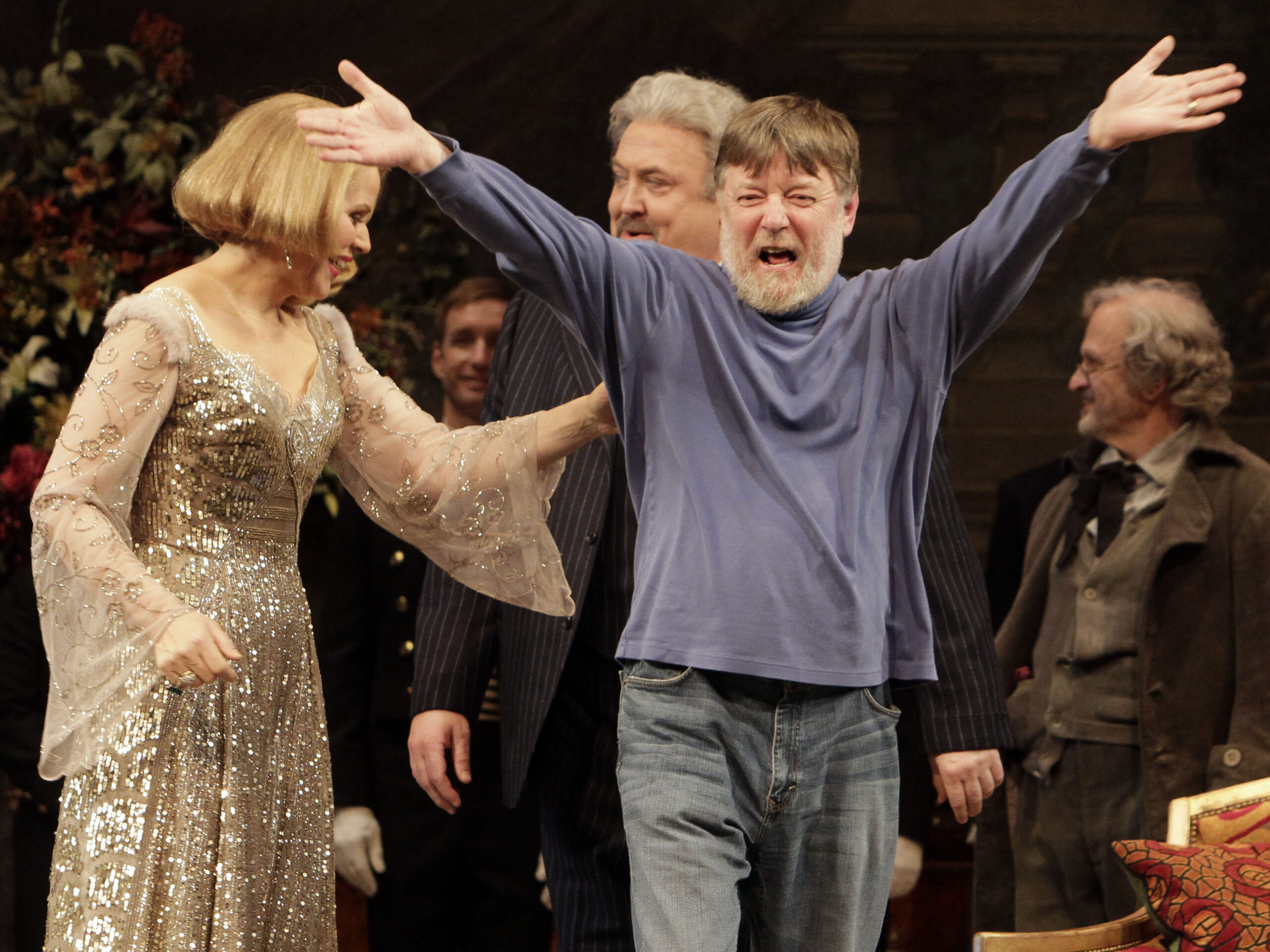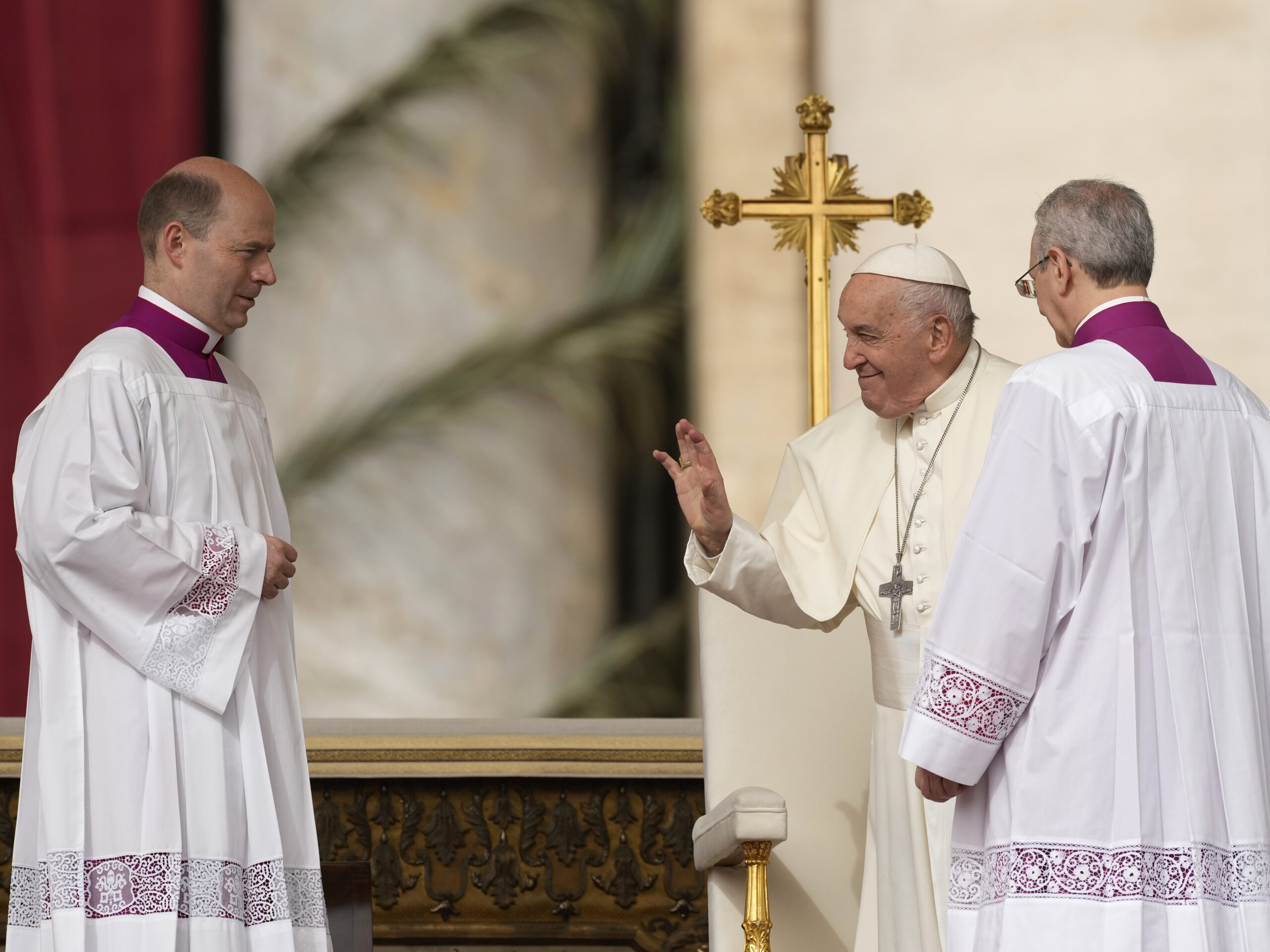In the spring of 1565 composer Giovanni da Palestrina was nervous. He was facing the biggest challenge of his career–one that put his reputation and his livelihood at risk.
Cardinals at an ecumenical council had recommended a new approach to church music. Two of them had commissioned Palestrina to compose a mass to serve as a model for all writers of church music.
The cardinals wanted a mass that was reverent, simple, not too long, and free from all worldliness. The forty-year-old composer was honored but also worried. He was afraid that if he failed, Pope Pius the Fourth would banish him from every chapel in the land. To quell his anxiety, Palestrina wrote three masses in the hope that one of them would satisfy the cardinals.
Stay informed on the latest news
Sign up for WPR’s email newsletter.
On a Sunday afternoon in 1565 the three masses were performed for the first time at the palace of one of the commissioning cardinals. Eight cardinals listened intently while Palestrina waited to see if his career would come to a screeching halt.
The cardinals were delighted with all three masses. They arranged for the Sistine Chapel singers to perform their favorite of the three for the new pope, Marcellus the Second, who made a sacred occasion of the elaborate event. More than ever, Palestrina’s career was on the line.
The mass moved the pope to tears. He said, “surely these are the harmonies of the new song which the Apostle John heard in the Triumphant Jerusalem.”
Just for Palestrina the pope created a lofty new position–special composer to the Pontifical Choir–the pope’s personal choir. On top of that honor, he made Palestrina the superior of all composers in Christendom.
Although the pope died only two months later, Palestrina’s position was secure. The next pope kept Palestrina in his post as head of the pontifical choir–and so did six popes to follow.
Wisconsin Public Radio, © Copyright 2024, Board of Regents of the University of Wisconsin System and Wisconsin Educational Communications Board.





